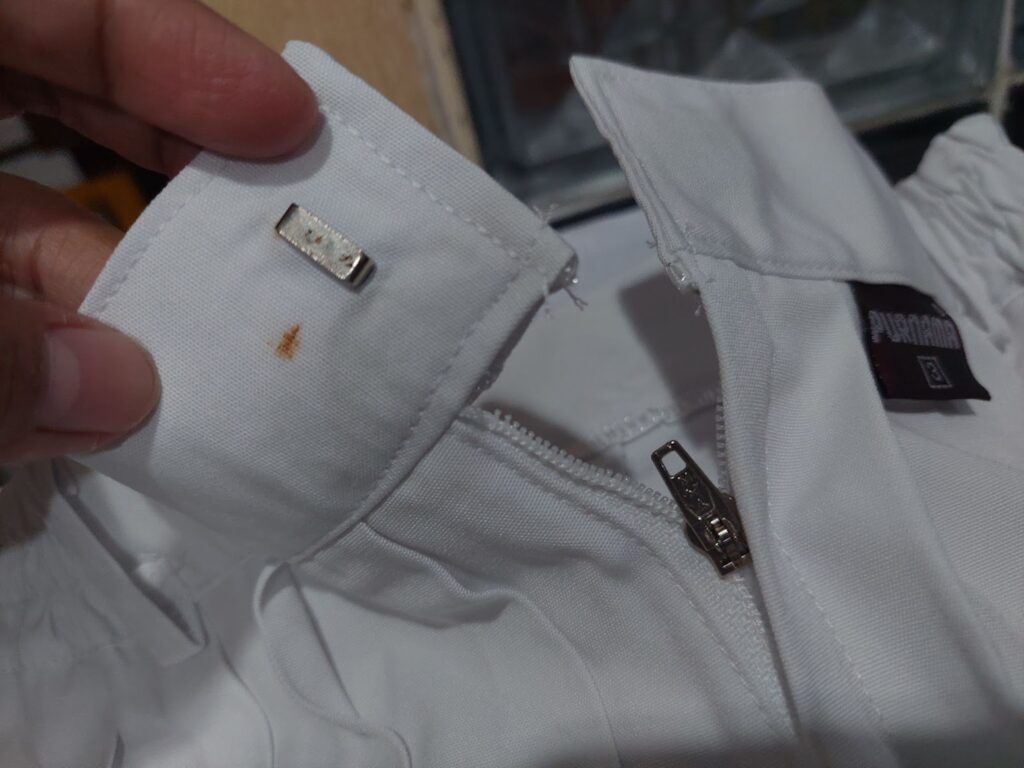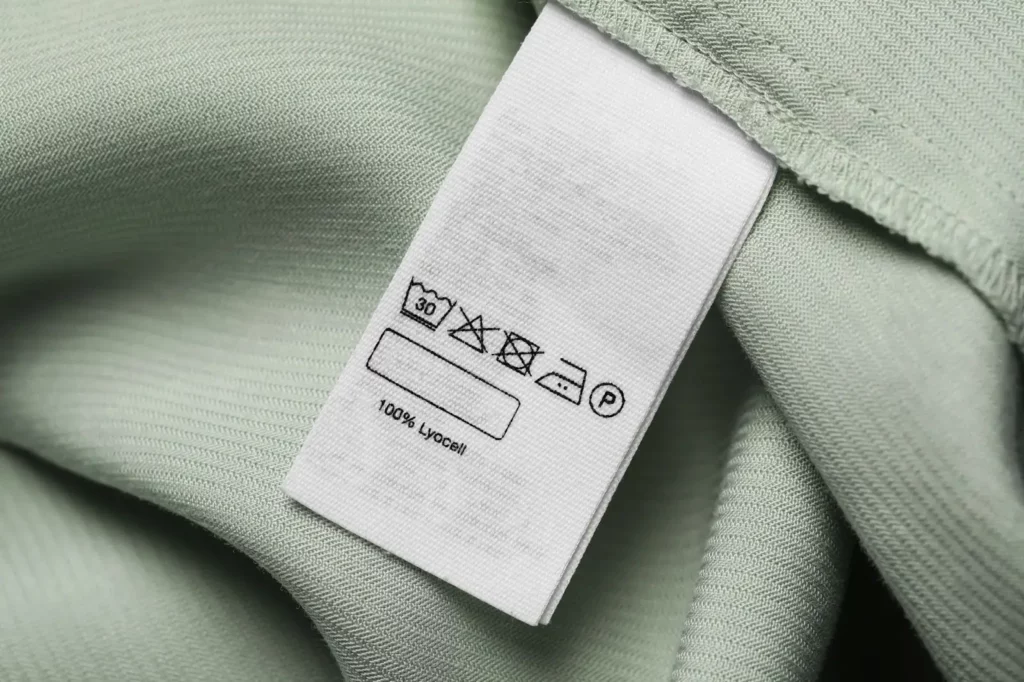In our modern, fast-paced world, we’re always looking for ways to make our lives more convenient and efficient.
One area where we’re seeing this evolution is in the domain of laundry services. No longer are we limited to time-consuming, traditional methods of washing our clothes.
Self-service laundries offer an innovative alternative, changing the way we care for our clothing. In this article, we’ll discuss the ins and outs of self-service laundries.
What Is Self-Service Laundry and How Does It Differ from Traditional Laundry?
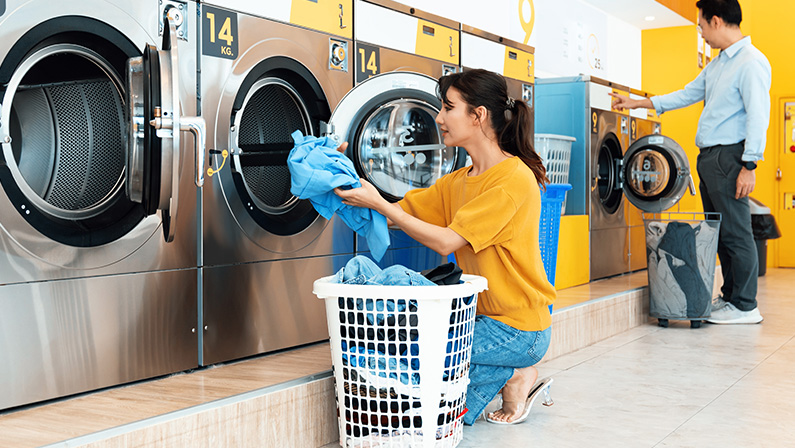
Self-service laundry, commonly referred to as a laundromat, is a facility where customers can complete their laundry tasks themselves, as opposed to dropping their items off at a traditional laundry service where staff wash, dry, and fold the clothing.
Laundromats are equipped with commercial-grade washing machines and dryers that can be easily operated, allowing users to take control of their laundry process.
What Are the Main Components of a Self-Service Laundry Facility?
A self-service laundry 24-hour facility typically consists of the following:
- Washing machines: These commercial-grade machines come in various sizes and capacities to accommodate different laundry loads. They also offer multiple wash settings and cycles for versatile cleaning.
- Dryers: Industrial-grade tumble dryers are provided for quick and efficient drying of clothes. Many facilities offer both regular and high-capacity dryers for larger laundry loads.
- Folding and sorting areas: Most laundromats include tables or counters for customers to fold, hang or sort their clothes after washing and drying.
- Vending machines: Many self-service laundries offer vending machines supplying laundry detergents, fabric softeners, and other necessities.
- Seating: In order to create a comfortable environment for customers, seating areas are often provided for individuals to relax while waiting for their laundry to be completed.
How Does the Payment System Work in Self-Service Laundry?
The payment process in self-service laundries varies depending on the facility.
Some standard methods include:
- Coin-operated: Customers insert coins, typically quarters, into the washing machines and dryers to initiate a cycle.
- Card-operated: Magnetic or chip-enabled cards can be loaded with funds, allowing customers to pay for each cycle by swiping or inserting the card into the machine.
- Mobile payment: Some modern laundromats offer QR codes or mobile app-based payment systems, allowing customers to pay via their smartphones.
Self-service laundries are gaining popularity for their improved convenience and efficiency. Understanding the differences between traditional laundry services and self-service facilities and their components and payment methods can help you decide if this revolutionary laundry solution is right for you.
How Much Does Self-Service Laundry Cost?
The cost of using a self-service laundry facility can vary depending on your location and the specific services provided. Generally, prices for washing machines range from $1.50 to $5.00 per load, while the average cost of using a dryer is approximately $1.00 to $2.50 per load.
What Are the Steps to Using Self-Service Laundry Facilities?
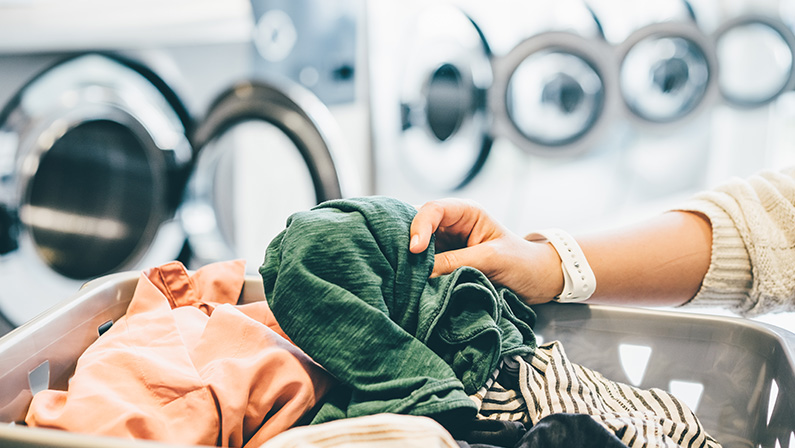
Here are some steps on how to use self-service laundry:
- Gather your laundry, detergent, fabric softener, and coins or payment method: Bring everything you need to complete your laundry tasks.
- Select a washing machine: Choose one based on its load capacity and whether it is top-loading or front-loading.
- Add detergent and clothes: Follow the machine’s instructions to add detergent, fabric softener, and your laundry items.
- Choose the appropriate settings: Select the proper cycle, temperature, and wash time.
- Pay for the cycle: Insert coins, swipe your card, or use mobile payment, depending on the facility’s system.
- Move to a dryer: After the wash cycle is complete, transfer your items to a dryer.
- Select drying settings: Choose the appropriate temperature and drying time.
- Pay for the dryer cycle: Follow the same payment process as the washing machine.
- Remove and fold your laundry: After the drying cycle is finished, remove your items and fold or hang them as desired.
How Do Self-Service Washers Operate?
Most self-service washers operate similarly to home washing machines:
- Loading: Place your items into the washer’s drum, ensuring not to overload it.
- Adding detergent: Front-loading machines usually have a detergent compartment, while top-loading machines require the detergent to be placed directly inside the drum.
- Selecting settings: Choose the appropriate wash cycle, water temperature, and cycle duration based on your items’ needs.
- Starting the cycle: Pay for your cycle, and the machine will begin to fill with water and start the washing process.
How Do Self-Service Dryers Work?
Using a self-service dryer is straightforward:
- Loading: Transfer your laundry items from the washer to the dryer, ensuring not to overload the machine.
- Cleaning the lint trap: Before starting your cycle, clean the lint trap to maintain optimal performance and safety.
- Selecting settings: Choose the appropriate drying temperature and cycle duration based on your items’ needs.
- Starting the cycle: Pay for your cycle, and the machine will begin tumbling and circulating air to dry your clothes.
Can You Use Your Detergent in Self-Service Laundry?
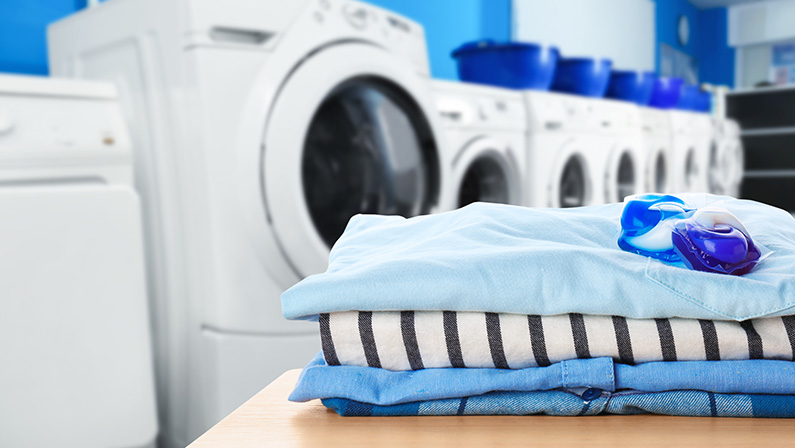
Yes, you can use your detergent in self-service laundries. You should bring your preferred detergent, fabric softener, and any additional products (such as stain removers) to the facility.
Ensure that your detergent is compatible with the washing machines, as some laundromats may require specific types, like high-efficiency (HE) detergent, for their machines.
Is Assistance Available in Self-Service Coin Laundry Facilities?

The availability of assistance in self-service laundries may vary. Some facilities have staff members or attendants on-site who can help you operate the equipment, answer questions, or handle issues like machine malfunctions.
Other laundromats may operate completely self-service without any staff present and may have video tutorials or instruction manuals for guidance. These facilities might provide contact information for support or maintenance requests in case of issues.
What to Do While Waiting for the Laundry Cycle to Finish?
While waiting for your laundry to finish, there are several productive or leisurely ways you can pass the time:
- Catch up on reading: Bring a book, magazine, or e-reader to entertain yourself during the wait.
- Finish work or personal tasks: Use the waiting time to catch up on emails, plan your schedule, or complete other tasks that you can do on your phone or computer.
- Watch a show or movie: Many smartphones, tablets, and laptops have streaming capabilities, which allow you to catch up on your favorite shows or movies.
- Socialize with others: Strike conversation with fellow patrons, or make new friends in the laundromat.
- Learn a new skill: Use the time to develop a hobby like drawing, knitting, or learning a new language through an app.
- Get some exercise: Use the waiting time to take a short walk outside or perform light stretching exercises.
Remember, your laundry cycle duration may vary, so choose an activity that can accommodate the waiting time or can be quickly returned afterward.
How Can You Ensure Your Safety and Security in Self-Service Laundry Facilities?
To maintain safety and security in self-service laundry facilities, follow these guidelines:
- Choose a well-lit facility: Opt for laundromats with good lighting inside and surrounding areas.
- Be mindful of your surroundings: Stay alert and aware, and avoid using headphones or being engrossed in your phone during your entire visit.
- Secure your belongings: Keep your personal items, such as wallets and phones, with you at all times or within sight.
- Don’t leave your laundry unattended: Check on your clothes periodically to ensure no one interferes with your laundry.
- Use discretion when sharing information: Avoid giving personal details to strangers you meet at the facility.
- Visit during busy times: More patrons in the laundromat may discourage potential bad actors.
- Report suspicious activity: If you notice anything unusual or feel unsafe, notify the laundromat staff or contact local authorities.
Can Self-Service Laundry Be Environmentally Friendly?
Yes, self-service laundries can be environmentally friendly when they incorporate energy-efficient practices and equipment:
- Energy-efficient machines: Look for facilities that utilize high-efficiency washing machines and dryers, which use less water and lower energy consumption.
- Reusable or eco-friendly products: Use reusable dryer balls or environmentally friendly, biodegradable detergents to minimize your ecological footprint.
- Heat recovery systems: Some laundromats employ heat recovery systems that recycle the heat produced by dryers, reducing energy consumption.
- Proper utilization of machines: To minimize water and energy usage, only run laundry when you have a full load.
Discovering a Modern, Green Laundry Solution: Clutch City Laundry
In conclusion, self-service laundries have transformed the way we approach doing laundry by offering increased flexibility and efficiency.
Facilities such as Clutch City Laundry, a self-service laundry in Houston, Texas, provide a convenient solution for people who value their time and the environment.
When choosing a self-service laundry, consider the safety measures, environmentally friendly practices, and user-friendly amenities that make the laundering experience enjoyable and sustainable.






